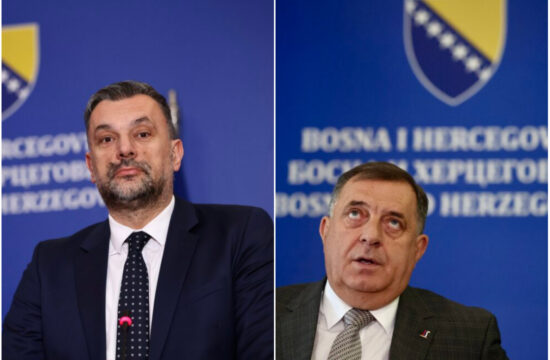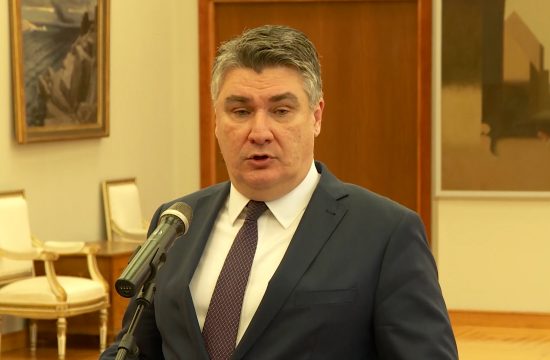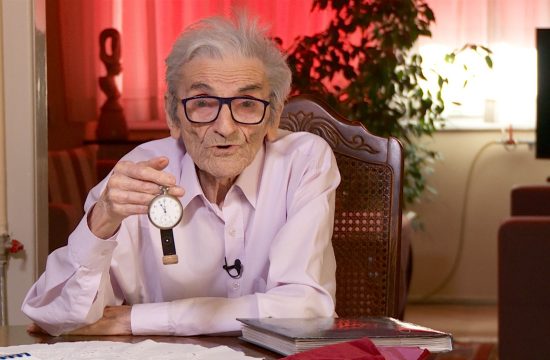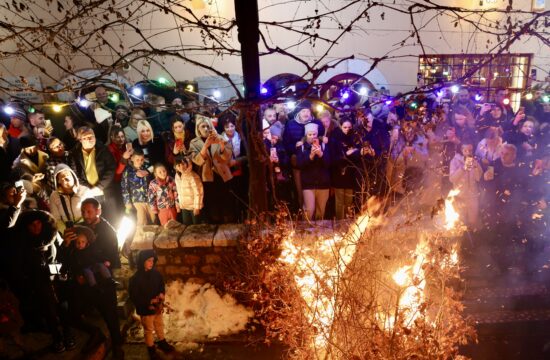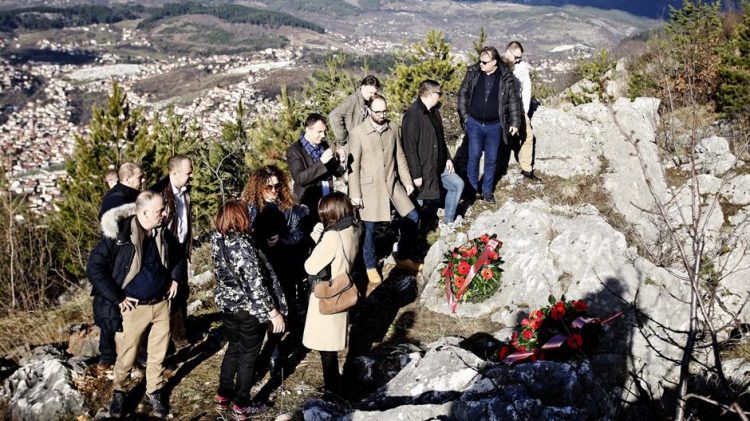
Sarajevo City Council has included a memorial to the victims of Kazan in its plan of monuments which be financed and built in 2021, the City Council said, adding that it is high time to pay respects to the mostly Serb victims, residents of Sarajevo, who were brought and murdered there by the break-away unit of the Army of the Republic of Bosnia and Herzegovina, during the 1992-1995 war.
The inclusion of the monument on Kazani in the Draft Program for the Construction of Monuments and Artistic Sculptures of Importance for the City of Sarajevo was welcomed by the Association of Victims and applicants for the construction of the monument, who also expressed doubt that the monument would be built next year.
City Council Chairman Igor Gavric told the Balkan Investigative Reporting Network of Bosnia and Herzegovina (BIRN BiH) that the story of the construction of this monument has been going on for a long time, but the conceptual design and project documentation needed to be resolved first.
“We're now ready for the project implementation. Funds from the budget should be planned for the monument construction, and in order for it to be planned, it is necessary to make a decision at the City Council,” Gavric said.
With the program of construction of monuments of importance for the City of Sarajevo during 2019, a decision was made to build a memorial on Kazani. Gavric explains that the current draft will enable that construction.
The City Council document states that the goal of erecting the monument is to pay tribute to Sarajevo civilians who were brought to the Kazani pit site on mountain Trebevic and killed during the siege of Sarajevo in 1992 and 1993. The pit itself was used as a grave for victims killed there.
During the siege of Sarajevo, civilians, mostly Serbs and Croats, were brought to Kazan on Trebevic, and then thrown into the pit. The number of people killed on Kazan has not been officially determined yet. After the war, the remains of 23 victims were exhumed on several occasions from the pit, 15 of which were identified.
According to the Missing Persons Institute (MPI), five victims were female and ten male, aged 27 to 66. Two victims were Ukrainian, two Croat, one Bosniak and ten Serb.

